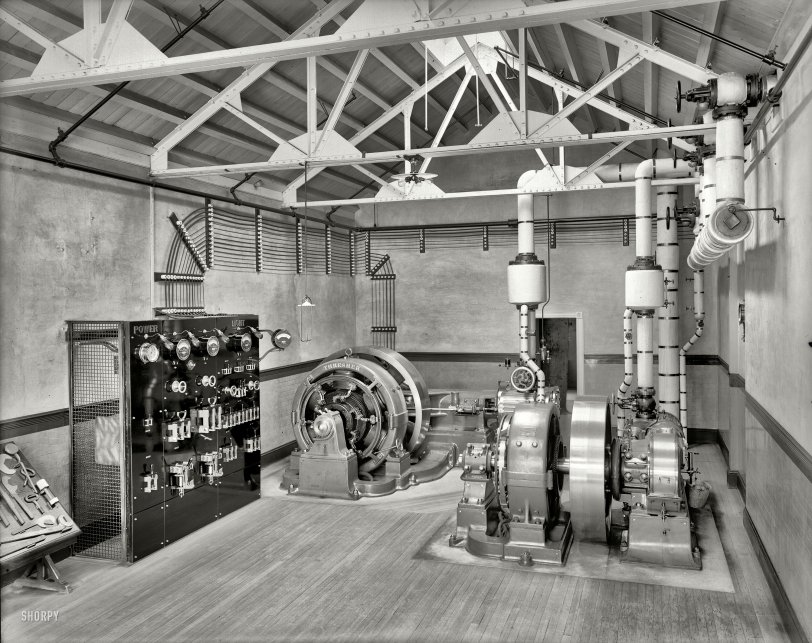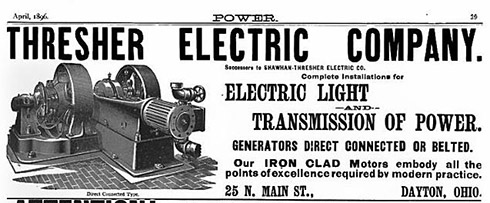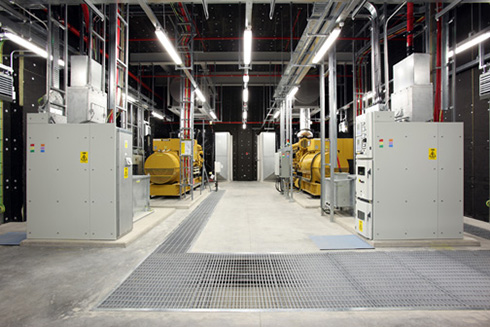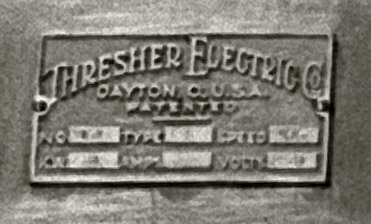


Framed or unframed, desk size to sofa size, printed by us in Arizona and Alabama since 2007. Explore now.
Shorpy is funded by you. Patreon contributors get an ad-free experience.
Learn more.

- Baldwin 62303
- Baldwin VO-1000
- Cold
- No expense spared
- Tough Guys
- Lost in Toyland
- And without gloves
- If I were a blindfolded time traveler
- Smoke Consumer Also Cooks
- Oh that stove!
- Possibly still there?
- What?!?
- $100 Reward
- Freeze Frame
- Texas Flyer wanted
- Just a Year Too Soon
- WWII -- Replacing men with women at the railroad crossing.
- Yes, Icing
- You kids drive me nuts!
- NOT An Easy Job
- I wonder
- Just add window boxes
- Icing Platform?
- Indiana Harbor Belt abides
- Freezing haze
- Corrections (for those who care)
- C&NW at Nelson
- Fallen Flags
- A dangerous job made worse
- Water Stop
Print Emporium
Dynamo Room: 1904

Circa 1904. "Dynamo room with switchboard." Seen earlier here. 8x10 inch dry plate glass negative, Detroit Publishing Company. View full size.
Re Sprinkler Piping
All generators even today still have sprinklers or other means of fire suppression. Most still do use water. Others are CO2 or Halon. Most of today's systems are all automated, the generator trips and sprinklers are set off if smoke is detected. Older systems require the generator be tripped or shut down, then sprinkler valves manually opened. I operate hydro generating stations for my living, and have worked with both setups. In fact the plant I work at now still has one generator with fully manual sprinkler.
Sprinkler piping is visible in red even in the modern photo that Dave posted. All the piping painted red is fire water.
I'm just glad that modern control boards don't use knife switches anymore. I've seen old plants and substations still in operation that do use them though.
DC
These two generators are Direct Current as can be seen by the brush assemblies and segmented commutators, the engines are not compound and are sliding valve type. Most factories and even office buildings today separate lighting loads from power loads.
My Alma Mater The Pratt institute generating room operating until 1977 now kept up for show, It operates every new years eve.
Out of place
Love the clean efficient modern design and look of this,but then there's that galvanized bucket hanging on the spigot. What's with that?
Finger Molding
The doorway is framed with finger molding. You don't see that kind of decor in industrial settings anymore.
Sprinklers?
Love the details, but one item caught my attention: a water sprinkler system for the dyno room. If fire did start that would make for an interesting show.
Not compound engines
"...a pair of double-expansion steam engines..."
I don't think they are compound engines, the smaller of the two "cylinders" is in fact the steam or valve chest. They would appear to be an early example of piston valves. On the left-hand unit you can see the valve rod running through its guide into the valve chest.
When Power and Light were segregated
There was a time when all of those carbon arc streetlamps we see on Shorpy were on their own generators, separate from the "power" generator, which, besides feeding factory motors, also supplied incandescent lighting to shops and offices.
Arc lamps required about 40 volts for optimal operation, and it was common practice to wire a dozen or more in series, like today's Christmas lights. This required a "constant current" generator, which would adjust the voltage if one bulb burned out. Later, a special transformer was developed to duplicate this function from a "power" generator. Series street lighting circuits (usually incandescent) still survive in a few towns.
I think both of these generators are three-phase, two-pole "power" machines, although I could be wrong. Yes, they are driven by reciprocating steam engines. This is dated one year after General Electric, with the backing of Samuel Insull, developed the steam turbine, which would soon make reciprocating engines obsolete. This is a small (under 300 kW) isolated plant, serving either a private factory or a small town. These small plants were almost never profitable.
Look at all that beautiful asbestos
I'll agree about the meticulous workmanship and careful maintenance.
That rack on the left with spanners, service wrenches, and lifting eyes all ranked in their own tidy little sockets speaks volumes about pride in the job.
All those carefully wrapped pipes seem to be feeding a pair of double-expansion steam engines with massive flywheels to smooth out the power strokes; the actual dynamos don't take up much of the footprint.
Iron Clad
This 1896 ad shows a picture that is very similar to what it shown in the Shorpy image. My guess is steam power for these two dynamos judging by the insulated pipes leading to the equipment.

Craftsmanship and Pride
Note how clean and well kept this unit is as well as how neatly all the wiring and equipment are mounted. You don't see such work nowadays. I used to work in a chemical plant and often worked around old compressor units built during WW II and earlier. You could almost eat off of the engines and compressors at one time. In later years, the workers who maintained them allowed grease and dirt to build up. Pipe, tubing and wiring were istalled in a slipshod manner and such rooms became dangerous to even enter. My hat is off to the owners and workers at this facility.
[Actually we do see such work these days, in facilities too numerous to count. - Dave]


























On Shorpy:
Today’s Top 5